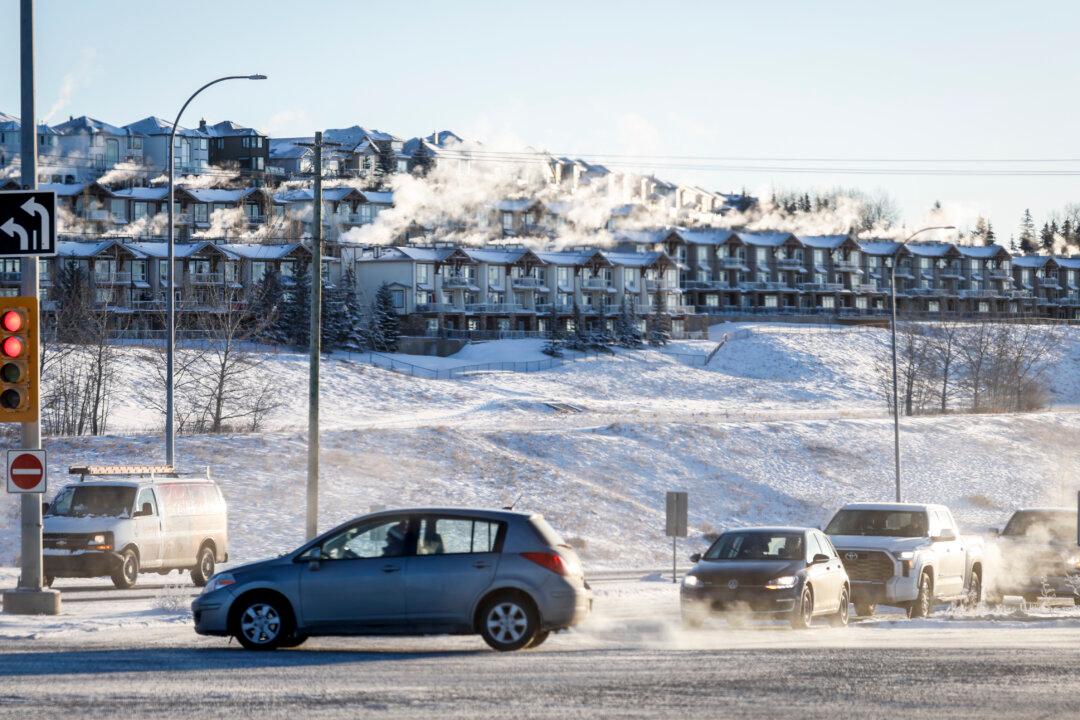Frigid cold of historic proportions in western Canada has amplified the limitations of renewable energy in Alberta’s power grid and the potential for federal environmental policies to make matters much worse and possibly life-threatening.
Alberta Premier Danielle Smith had on Jan. 10 described the challenges her province faces stemming from Ottawa’s “dangerous ideological policies.” Her words proved to be prescient, as just three days later, the Alberta Electric System Operator (AESO) told Albertans “to immediately reduce their electricity use to minimize the potential for rotating outages across the province.”





